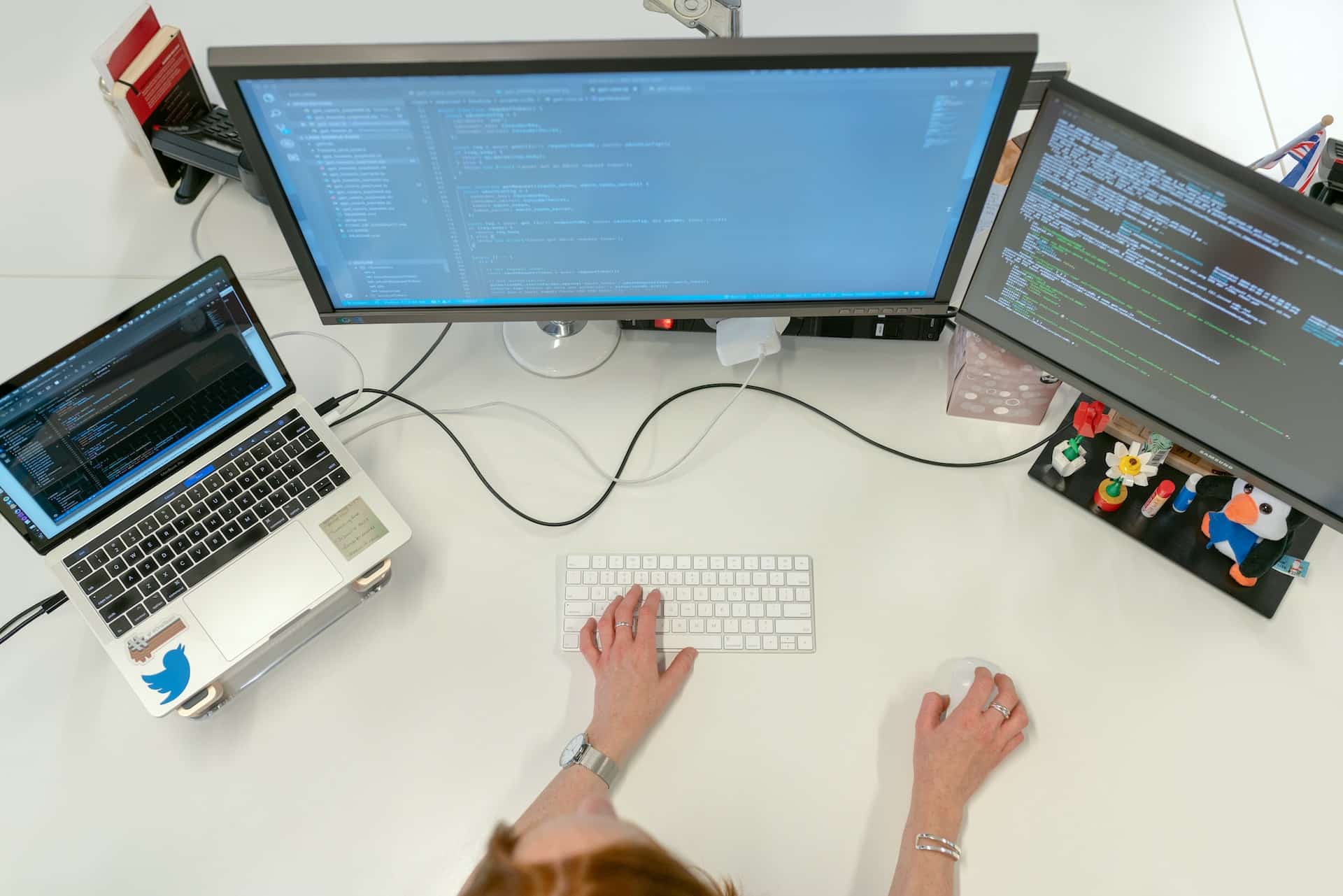In the fiercely competitive world of software development, the key to securing a market-leading position often lies in an often overlooked aspect: product design. This critical element serves as the backbone of software success, shaping the user experience, enhancing functionality, and ultimately, driving competitive advantage.
This article delves into the profound impact of product design on software success, exploring its influence on user experience and functionality. It also uncovers strategies that can be leveraged to gain a competitive edge in the software market through effective product design.
Drawing insights from real-world case studies of market-leading software shaped by innovative product design, it provides a clear understanding of the practical application of these strategies.
Looking ahead, the article also examines the evolving role of product design in software development, offering a glimpse into future trends. This comprehensive exploration aims to address your queries and concerns, providing a deeper understanding of the pivotal role product design plays in creating market-leading software.
IMAGE: UNSPLASH
Understanding The Impact Of Product Design On Software Success
Product design plays a pivotal role in determining the success of a software product. It is the backbone of user experience, shaping how users interact with the software, and ultimately influencing their satisfaction and loyalty. A well-designed product not only meets user needs but also provides an intuitive and enjoyable user experience. Therefore, product design is a critical factor in creating market-leading software. For more insights on effective product design strategies, visit https://www.ulam.io/software-services/product-design to explore a range of services and expertise.
When designing a software product, it is essential to consider the user’s perspective. This involves understanding their needs, preferences, and behaviors, and designing the product to meet these requirements. A user-centric design approach can lead to a product that is easy to use, functional, and aesthetically pleasing. Moreover, it can differentiate the product in the market, giving it a competitive edge.
Here is a checklist to ensure effective product design:
- Understand user needs: Conduct user research to understand their needs and preferences.
- Design with the user in mind: Create a user-centric design that is intuitive and easy to use.
- Test and iterate: Continually test the product with users and iterate based on their feedback.
- Consider aesthetics: Ensure the product is visually appealing as well as functional.
By following this checklist, software developers can create a product that not only meets user needs but also provides an enjoyable user experience, thereby increasing the chances of software success.
The Connection Between Product Design And Software Functionality
Understanding the intricate relationship between product design and software functionality is crucial for any software development company aiming to create market-leading software. Product design is not just about aesthetics; it directly impacts the functionality of the software.
A well-designed product ensures a seamless user experience, which in turn, enhances the software’s functionality. It is the undefined aspects of design, such as user interface and user experience, that play a significant role in determining the software’s functionality.
Moreover, the product design process involves a deep understanding of the user’s needs and expectations. This understanding is then translated into the software’s functionality. The better the product design, the more efficient and user-friendly the software functionality tends to be.
Therefore, product design and software functionality are interconnected, with each influencing and shaping the other. A software product with excellent design and superior functionality is more likely to lead the market, outperforming its competitors.
Product Design Strategies For Competitive Advantage In The Software Market
Strategically, the role of product design cannot be underestimated in the software market. It is the backbone of creating market-leading software. A well-designed product not only meets the needs of the users but also provides a competitive edge in the market.
It is the key to capturing the attention of potential users and retaining existing ones. Therefore, it is essential to adopt effective product design strategies to stand out in the fiercely competitive software market.
One of the most effective strategies is to focus on user experience (UX). A software product with excellent UX design is more likely to gain user acceptance and loyalty. This involves understanding the needs and expectations of the users, and designing the product to meet these needs in the most efficient and enjoyable way. It also involves continuous testing and refining of the product based on user feedback and changing market trends.
Another crucial strategy is to ensure consistency in design. This involves maintaining a consistent look and feel across all parts of the software product, which helps to build a strong brand identity.
It also involves ensuring that the product is easy to use and navigate, which can significantly enhance the user experience. Furthermore, it is important to keep the design simple and intuitive, which can help to reduce the learning curve for new users and increase user satisfaction.
Case Studies: Market-Leading Software Shaped By Innovative Product Design
Examining the success stories of top-tier software products provides a clear illustration of the pivotal role played by innovative product design. Slack, a leading communication platform, is a prime example. The product design team at Slack focused on creating a user-friendly interface and integrating features that catered to the needs of diverse teams. This approach has led to Slack becoming a staple in workplaces worldwide.
Another case in point is Adobe Photoshop. This software has dominated the graphic design industry for years, largely due to its comprehensive toolset and intuitive design. Adobe’s commitment to continuously improving and updating Photoshop’s design has ensured its market leadership.
Let’s delve into these case studies:
- Slack: The product design team prioritized user experience, resulting in a clean, intuitive interface. They also integrated features such as file sharing, video conferencing, and third-party app integration, making it a versatile tool for team collaboration.
- Adobe Photoshop: Photoshop’s comprehensive toolset and user-friendly design have made it the go-to software for graphic design. Adobe’s commitment to continuously improving the product’s design has kept Photoshop at the forefront of the industry.
These examples underscore the importance of innovative product design in creating market-leading software. It’s not just about the technical capabilities of the software, but also how those capabilities are presented and made accessible to the user.
Future Trends: The Evolving Role Of Product Design In Software Development
As we delve deeper into the digital age, the significance of product design in software development continues to evolve. The future trends in this field are not only shaping the way software is developed, but also how it is perceived and used by the end-users. The focus has shifted from mere functionality to a more holistic approach that includes aesthetics, user experience, and overall value proposition.
Let’s explore some of these trends:
- User-Centric Design: The emphasis is now on creating software that is intuitive and easy to use. This means understanding the needs and preferences of the user, and designing the product accordingly.
- Integration of AI and Machine Learning: These technologies are being used to make software more intelligent and responsive. They can help in predicting user behavior, personalizing the user experience, and making the software more efficient.
- Sustainability: As concerns about the environment grow, there is a trend towards designing software that is energy-efficient and has a minimal carbon footprint.
These trends are not just changing the way software is designed, but also how it is marketed. A well-designed product can command a premium price, attract more customers, and create a strong brand image. Therefore, product design is no longer just a part of the software development process; it is a critical factor in determining the success of the software in the market.
IMAGE: UNSPLASH
If you are interested in even more technology-related articles and information from us here at Bit Rebels, then we have a lot to choose from.


COMMENTS